
Do you remember the famous Mercedes-Benz 300SL Gullwing ‘palm-find’ in Cuba? Now the automotive photographer Piotr Degler who found the car is launching a book, featuring around 200 other never-before-seen photos from his month spent on the Caribbean island…
Piotr Degler travelled to Cuba, reasoning that there was nowhere else on earth with a streetscape unchanged since the 1950s, the result of a decades-long ban on importing new cars. Some 3,000km and 300,000 footsteps later, he had taken more than 25,000 photos, of which only 12 were destined for use in his 2015 calendar. A book was the next logical step, and Degler is rallying support for his Kickstarter fund in order to launch it. We spoke to Degler, to understand a little bit more about his motivation behind the project.
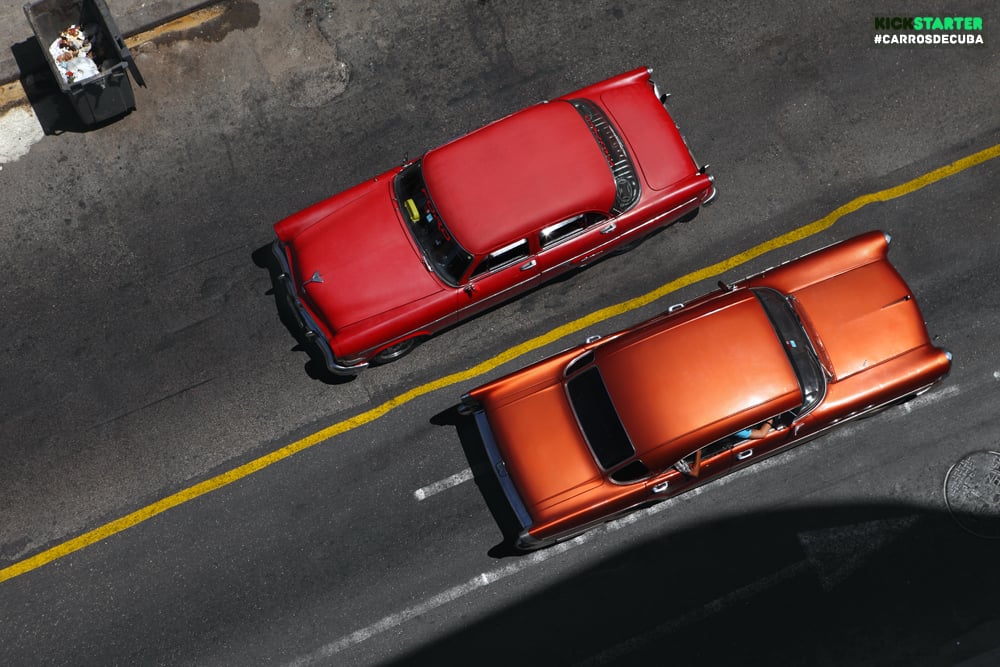
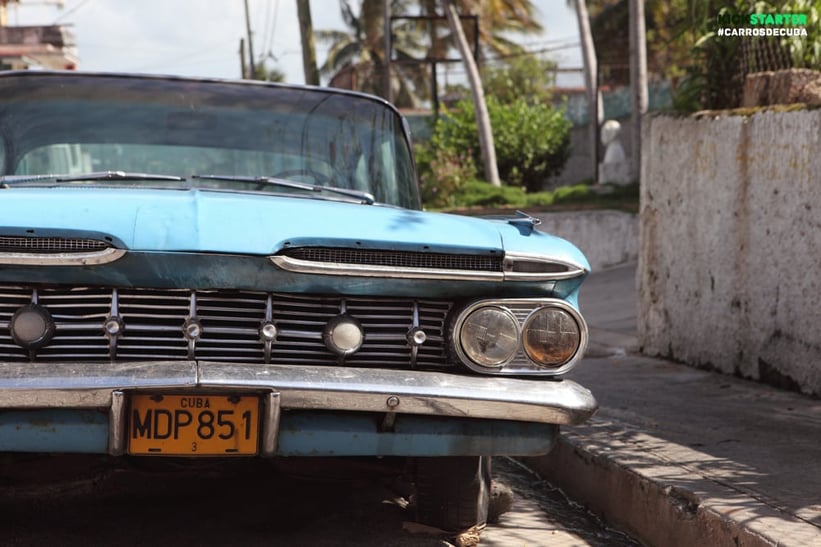
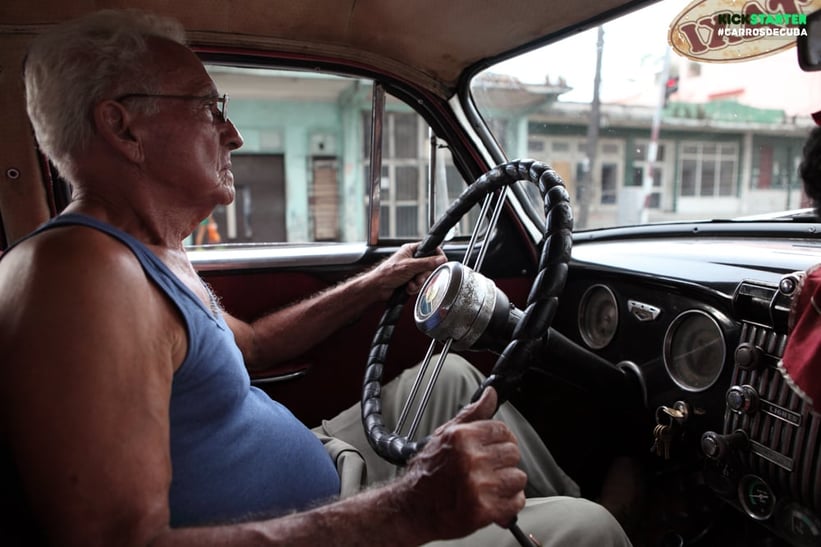
What was the general premise behind the project?
“To talk of Cuba is to talk about its cars. When in 1959 a young Castro introduced a law to prevent the importation of cars, he could not see the great favour he was doing all of us who are passionate about them. Unwittingly, he bequeathed us a full pre-revolutionary treasure, which now constitutes one of the tourist attractions of the island. For 10 years, I dreamt of visiting this photographic paradise. It was something I felt inside me – 10 years longing to capture the country through its 'almendrones' (vintage taxis), Buicks, Cadillacs and Studebakers... I had an intense month to find my treasure. Chasing rumours and opinions, I travelled the island from Viñales to Santiago de Cuba, stopping in dozens of towns and cities. As I forged friendships with enthusiasts and local mechanics, I opened doors normally closed to foreign tourists. Beyond the American classics, Cuba has brought me face to face with some of the most iconic cars of automobile history.”
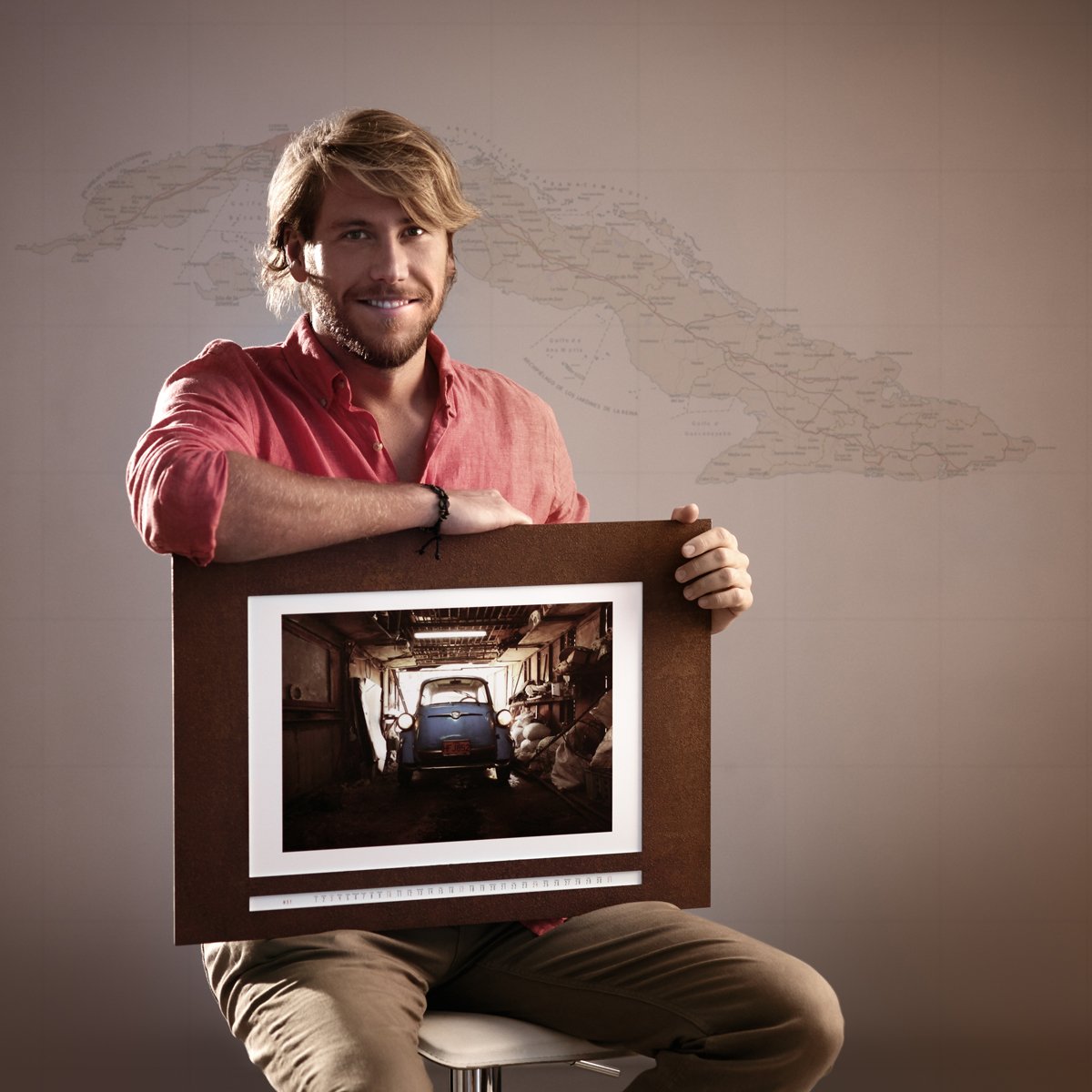
You say you dreamt about travelling to Cuba – was it at all like you expected?
Yes, it was even better than I had expected – my best trip and experience so far. I thought there would be fewer cars left, but it really was a kind of Jurassic Park. Obviously,they are now also importing modern European and Chinese cars, but you still see groups of classic cars almost everywhere. This is what I wanted to portray in my photos, before the island becomes full of modern cars.
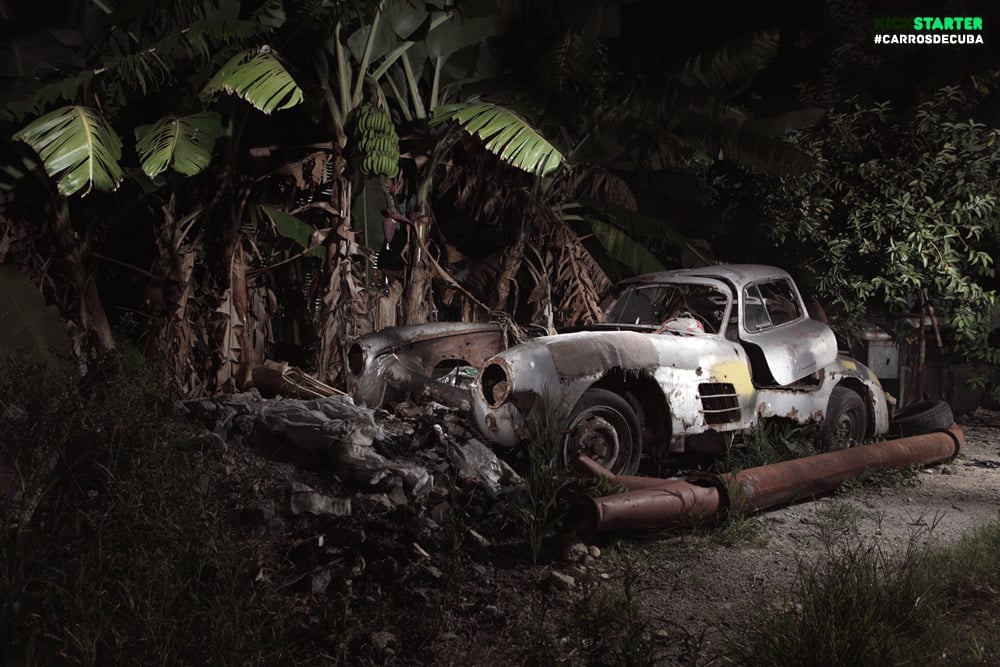
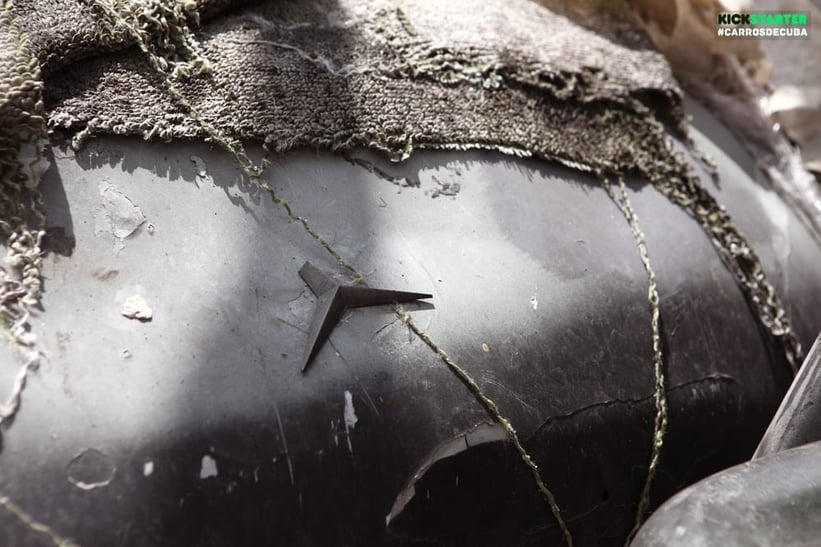
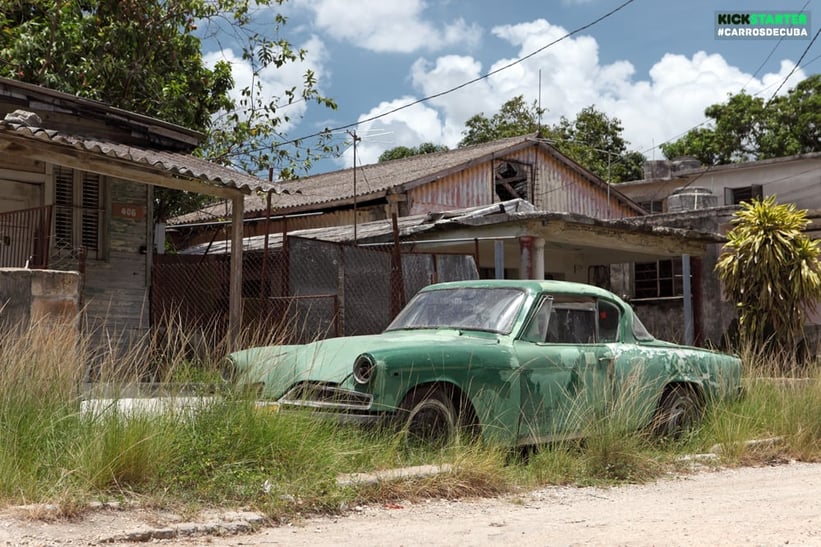
You forged many relationships with mechanics and other people you met along the way. What was the most interesting story you were told?
It was great to meet local people and live with them in their neighbourhoods, see their way of day-to-day life, and see how happy they were. It was not a tourist trip – I wanted to see Cuba from the perspective of the Cuban people.
The most interesting part was the search for the Gullwing. Nobody knew anything about the car; the mechanics didn’t even realise what it was, confusing it with the many other European classics. This is why it was so hard to find. I also found it interesting how many locals preferred Ladas to other early classics, simply because they found them to be more reliable.
Was the Gullwing of interest to the locals, or was it just ‘another rusting car’?
Almost nobody on the island knew anything about the Gullwing – only the person who kept the car knew its true value.
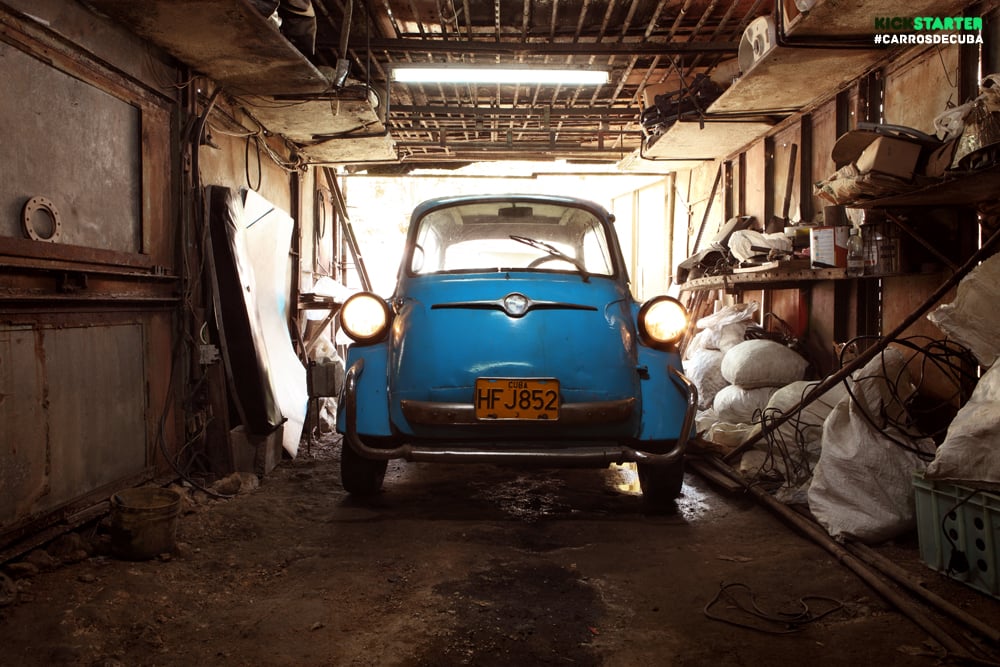
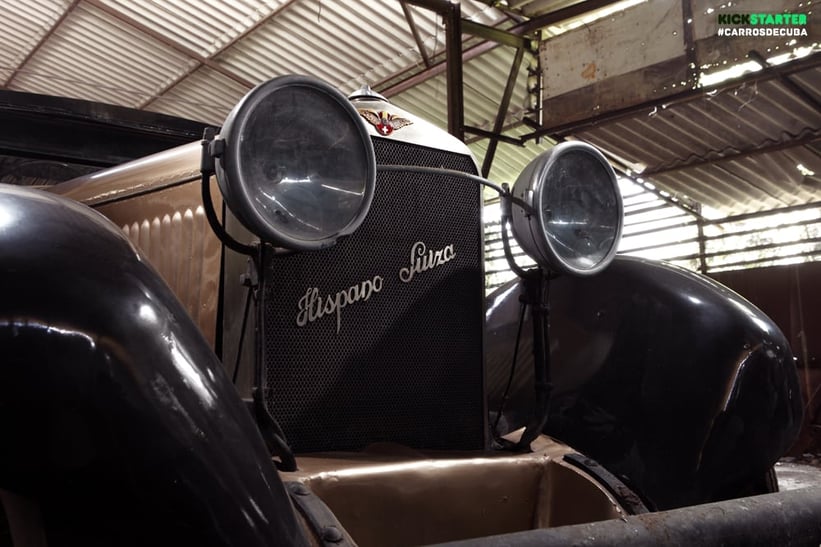
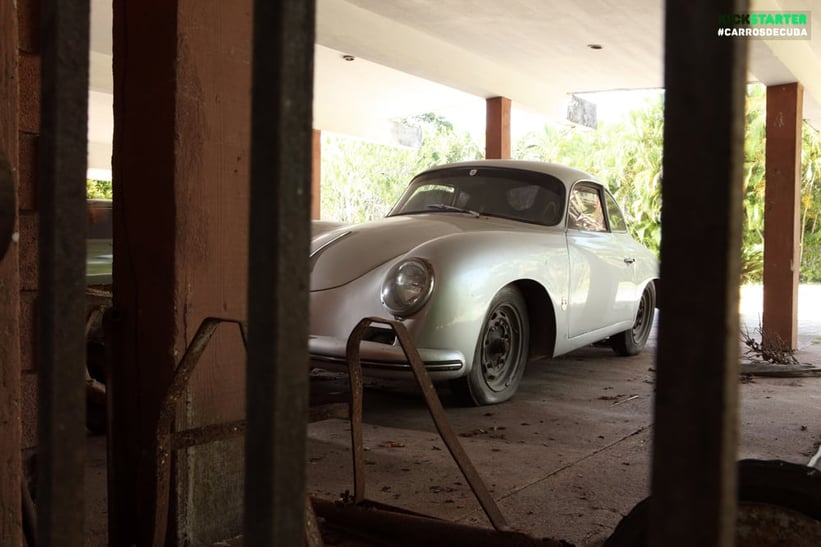
Apart from the Gullwing, what was the highlight of your trip?
The highlight was probably landing at the airport just outside Havana in the middle of the night, and seeing the hundreds of cars on the road. I was like a little boy with new shoes. Other highlights included finding the Hispano-Suiza or the Porsche 356. To be honest, every day spent in Cuba was a highlight.
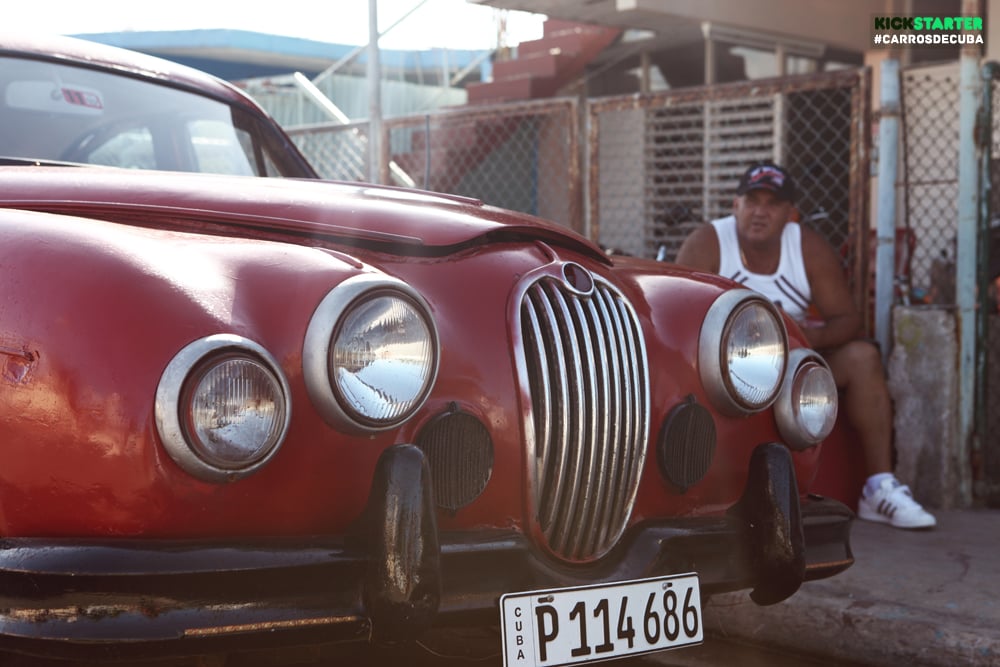
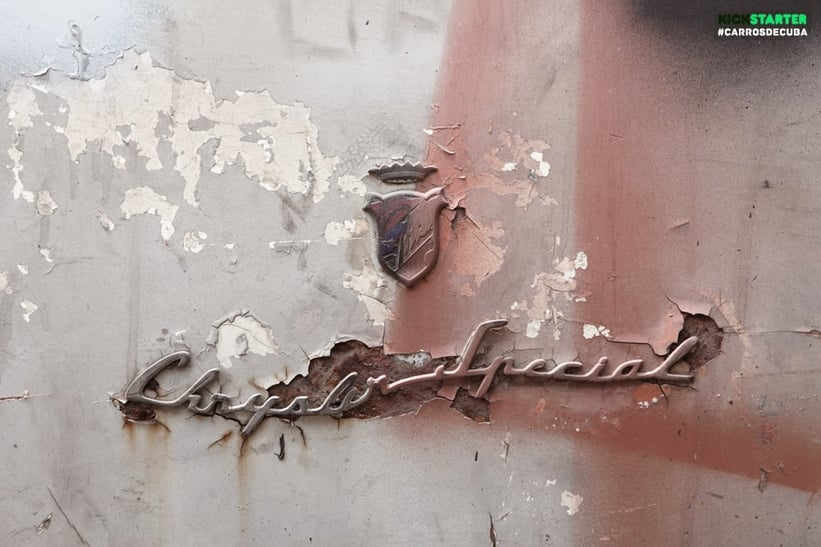
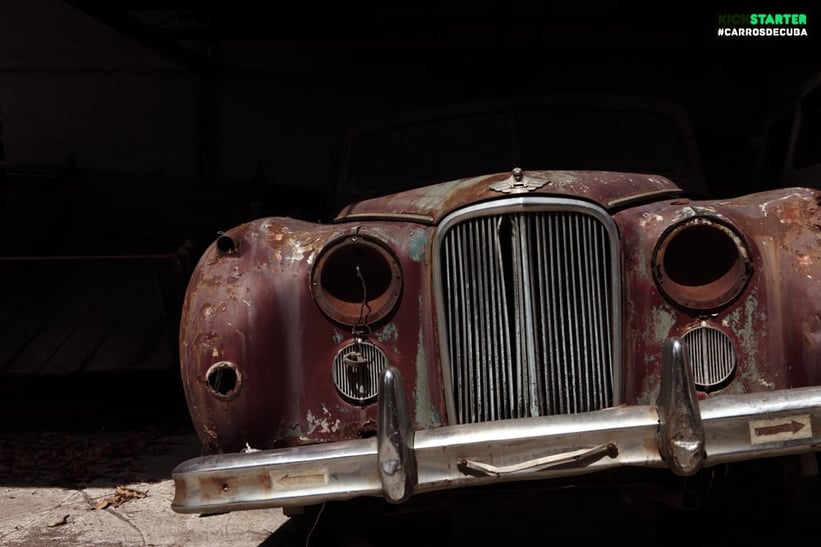
How would you describe the car culture of Cuba in comparison to other countries?
There are two types of owners. There are those who drive classic cars daily, ferrying local people around. I would say they would be happy to exchange their classic cars for modern cars, simply for the sake of reliability and ease of maintenance. On the other hand, there are those who attempt to restore their cars. They know the value of these cars, and their importance to Cuba’s tourism. They are mostly in the big city centres, such as Havana, Varadero or Santiago de Cuba. Slowly things are beginning to change – there are even a few classic car clubs emerging.
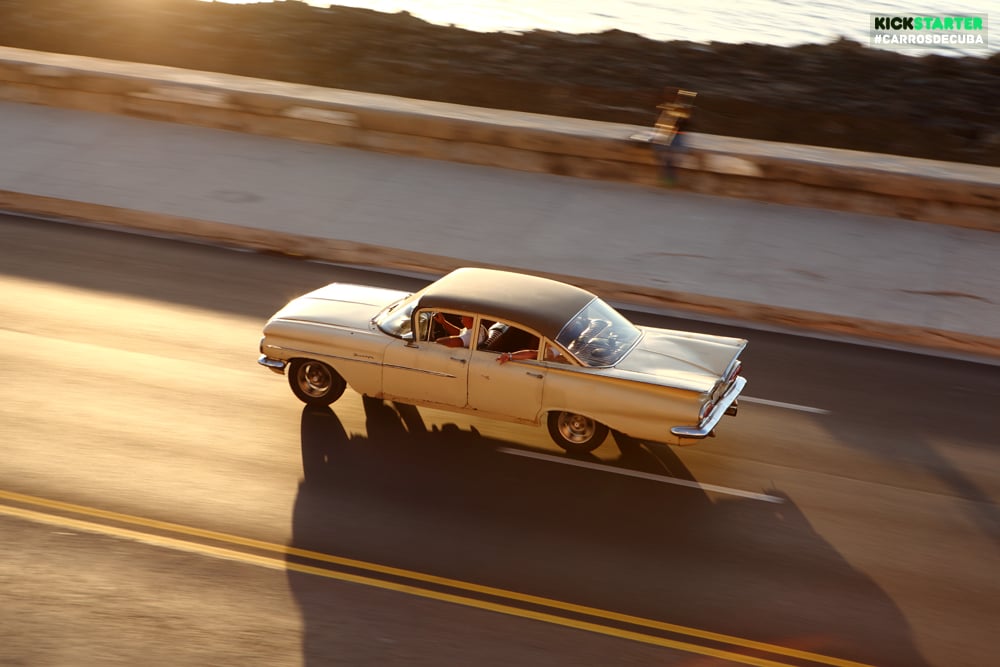
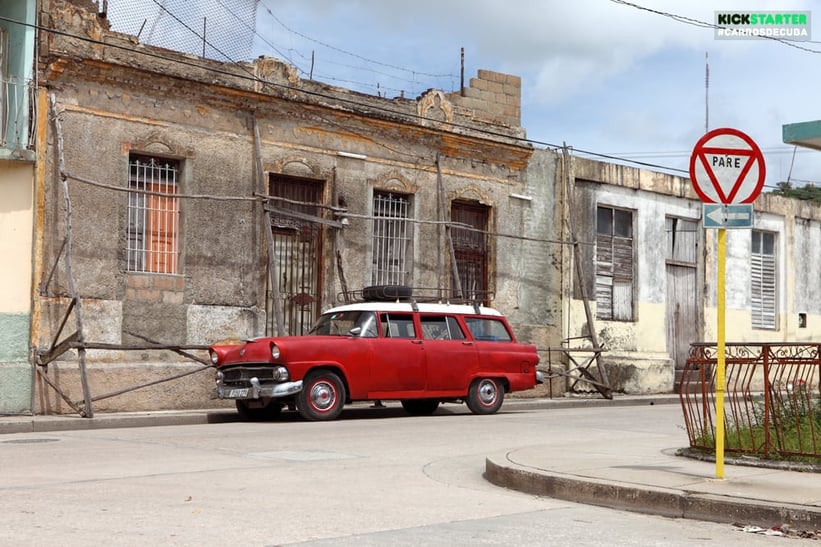

Do you think the bond between owners and their cars would be as strong if the laws regarding the exportation of cars ever changed?
From what I understood from the people I met during my month in Cuba, locals generally don’t complain much about their situation. It’s true that Cuba’s economy is not the best – the average salary per month is around 15-20 dollars, and a beer costs one dollar. I think if they could sell and export their cars, many people definitely would. A small percentage, though, would keep them, for the sake of tourism.
From the horse’s mouth...
Photos/video: Degler Studio
You can help Piotr Degler’s book become a reality by pledging on his Kickstarter page here.
